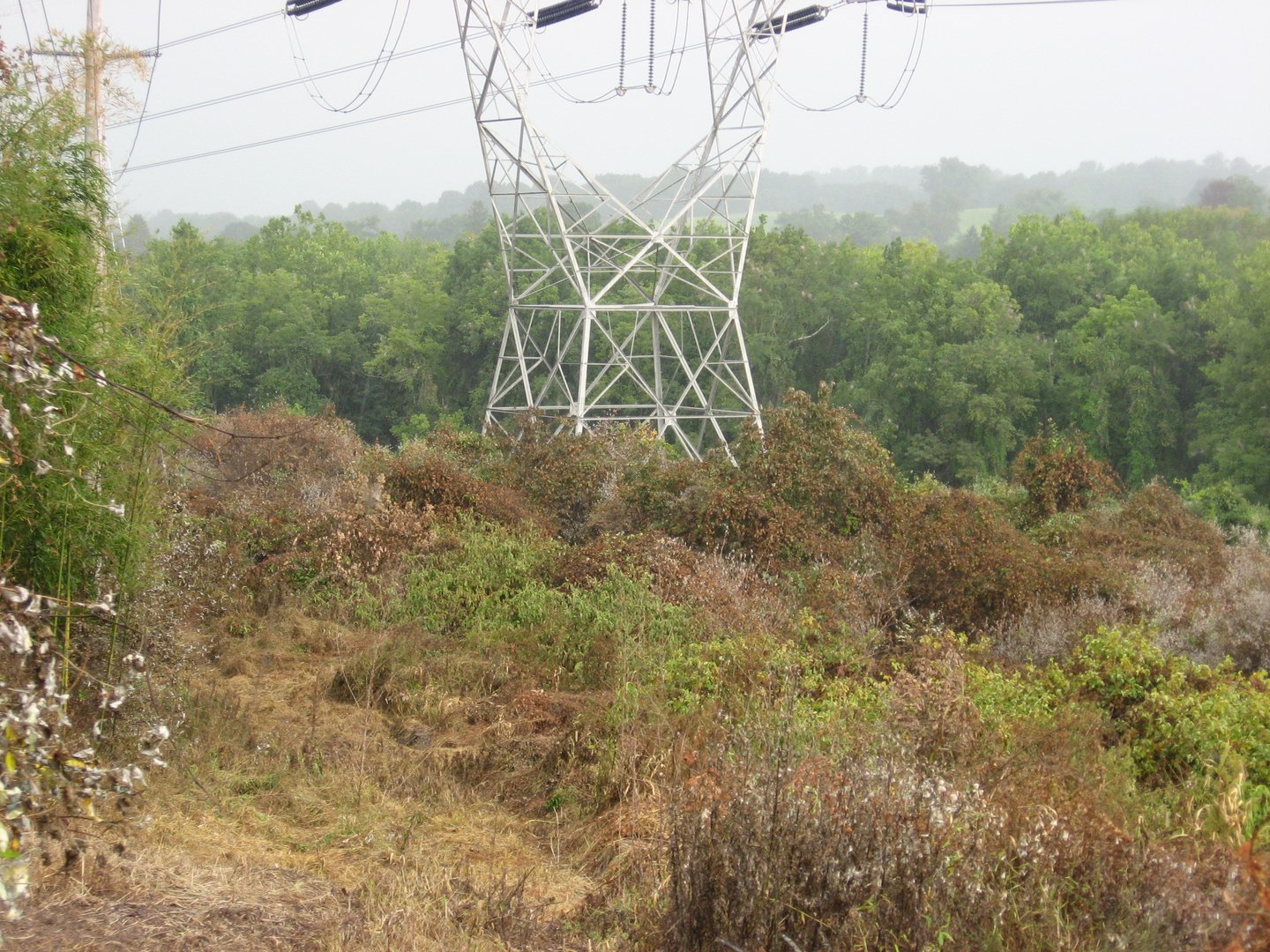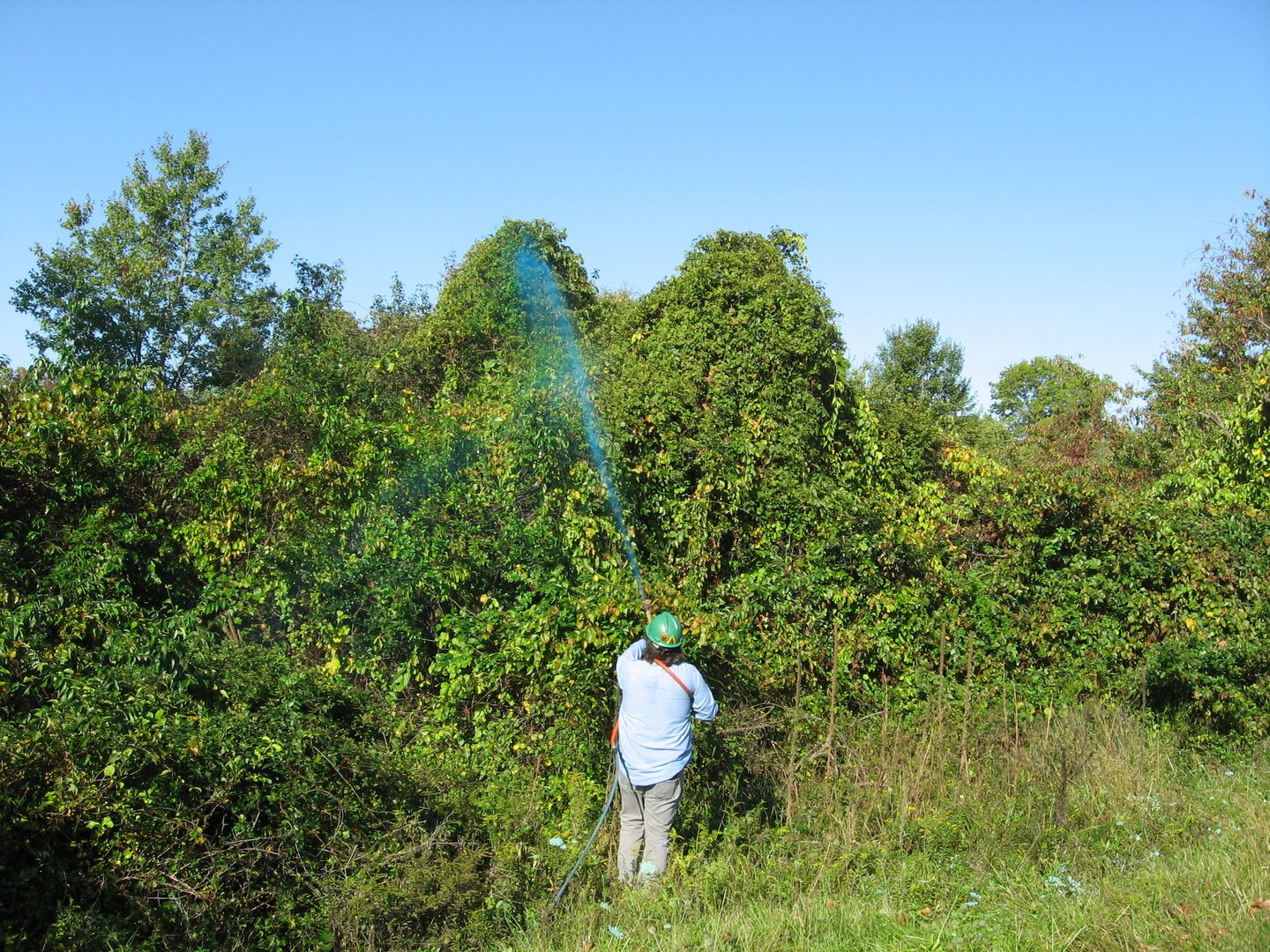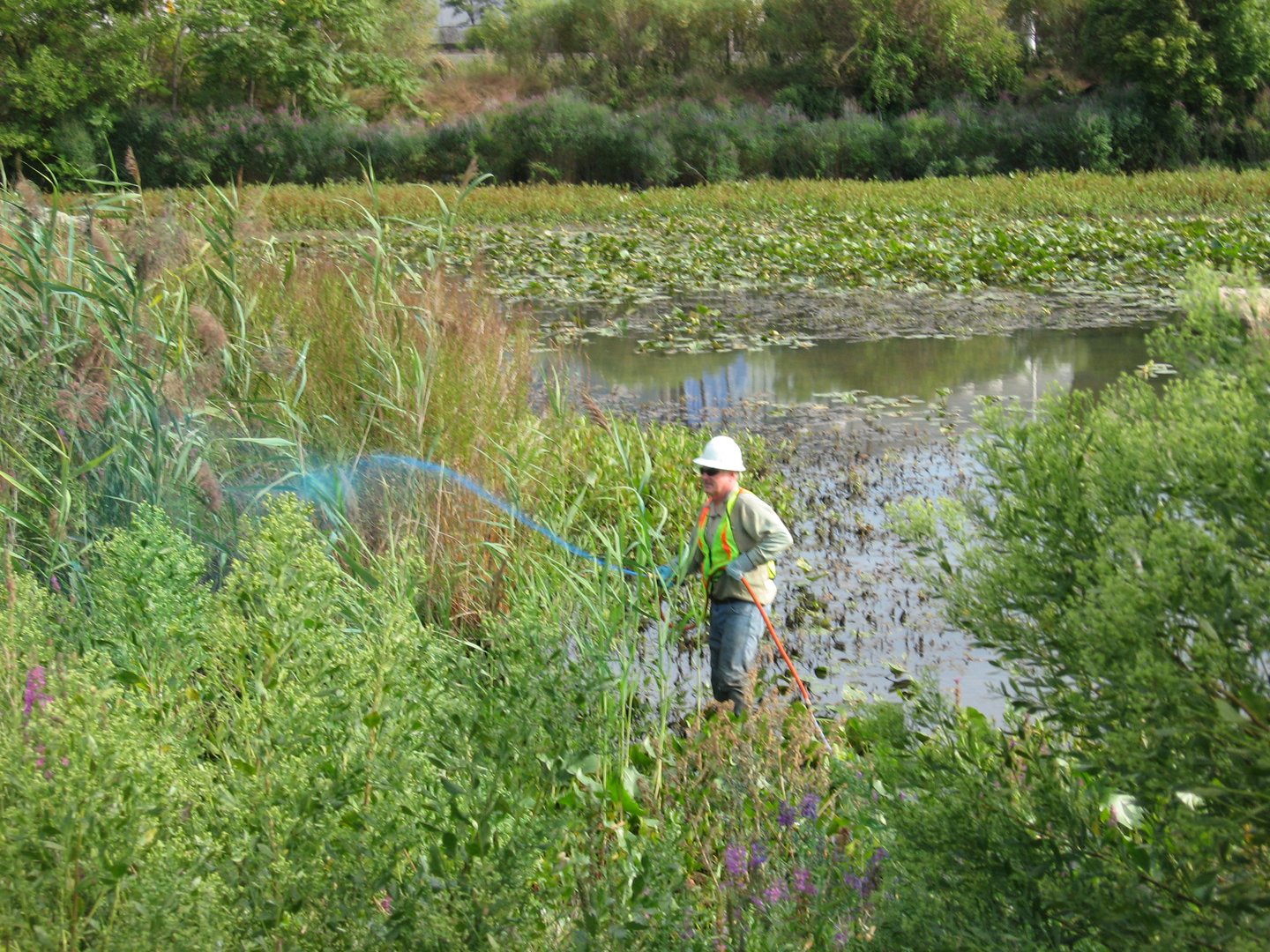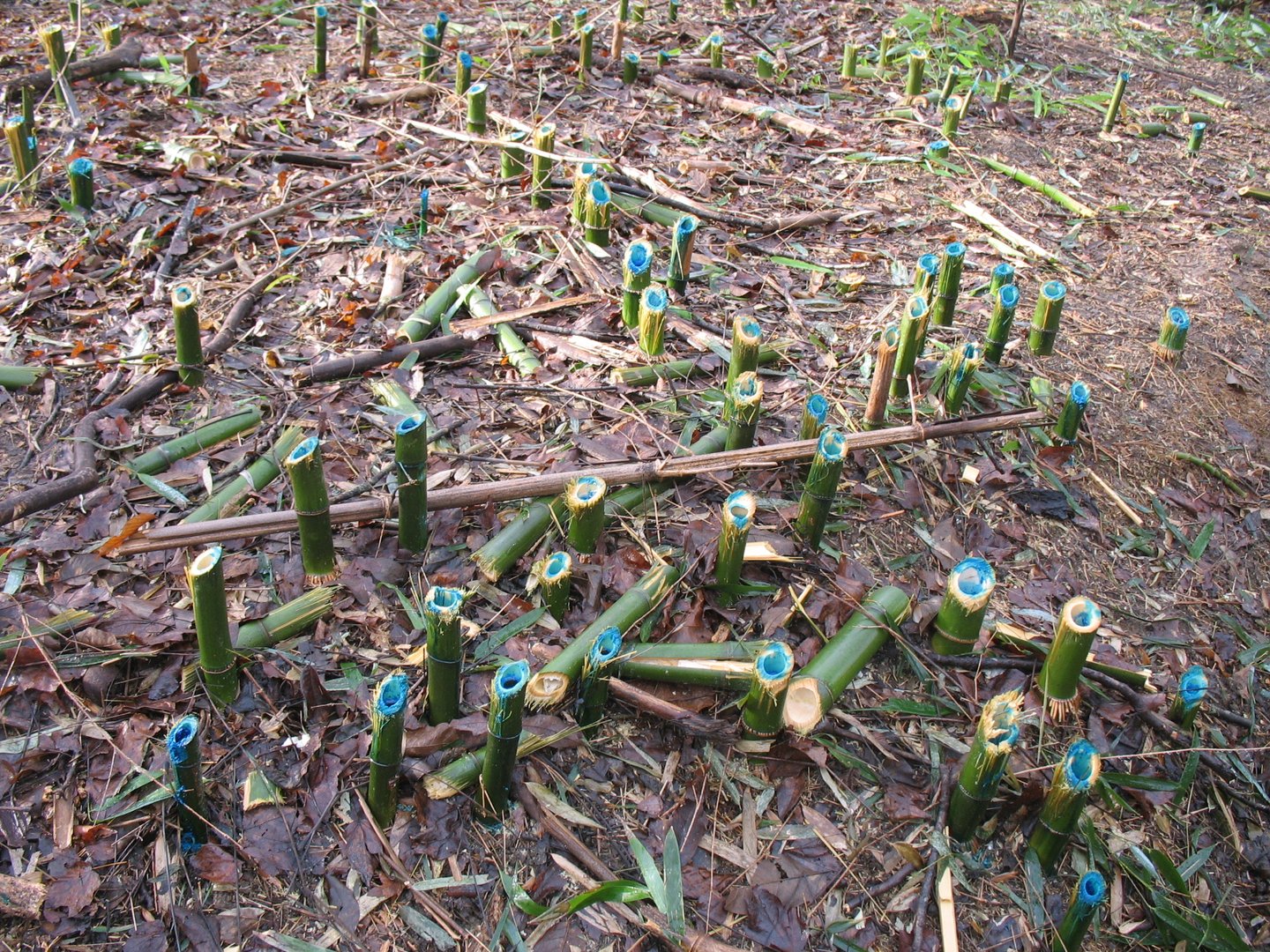Brush, Invasive, and Toxic Weed Control
Brush Control
When you are looking to control undesirable broadleaf weeds, woody species without injuring grasses, then brush control is what you are looking for. This type of application controls, vines, briers, saplings and other fast growing weed species.
Before attempting to cut or clear an area, controlling the vegetation on site will allow for a longer term clearing program with less regrowth.
Brush control applications are not a permanent solution and applications are made on a yearly, bi-yearly or tri-yearly basis.
Treatment Location
Utility Right of Ways
Embankments
Hard to mow locations
Overgrown areas before clearing
Pipelines
Roadsides
Invasive and Noxious Weed Control
Some species grow much faster and more aggressive then others with the ability to overtake and out compete native plants. These include but are not limited to Mile-A-Minute, Kudzu, Japanese Stiltgrass, Phragmities, Japanese Knotweed, Bamboo. When a species is extremely harmful they can be deemed noxious.
See the USDA Noxious weed list for your area to find out if you have any of these species growing. If you find that you have any of these, you want to eliminate them as soon as possible. Even if they are not on the list some of the above species listed should be controlled before they are allow to take over.
Different species have different control methods. Some can be controlled with a regular brush type of treatment, while others need more specialized applications.
Specialized Types of Treatment
Pre-Emergents
The best way to deal with annual weeds such as Mile-A-Minute or Japanese Stiltgrass is to stop them before they start growing. An application as the weather breaks in the late winter early spring will prevent these weeds for almost the entire year. There may be some breakout but 1 application should control 95% of these weeds.
Some species such as Japanese Hops may require a 2nd application later in the year with post-emergent added to control any breakouts. These types of applications may be required to take each year as they are prolific seeders with seeds that can remain dormant and viable for many years.
Phragmities & Japanese Knotweed
When treating these species you need to make multiple applications starting in late summer/fall. Depending on how dense the area is, follow up applications may be required over multiple growing seasons to ensure control of any regrowth. If growing inside water, aquatic permits may need to be filed for.
Bamboo
With upwards of a 1000 species world wide and a few hundred in the United States, different species require different techniques to control the bamboo. Lower growing longer leaf bamboo may be able to be controlled by completing multiple applications using concentrated herbicide.
For larger growing cane bamboo, such as Golden bamboo, we have found the best way to control it is to cut and treat the stumps. This requires cutting the poles to leave a hollow tube 3-4 inches tall and then fill it with herbicide. This allows the plant to absorb it and trans-locate it to the extensive root system.
We have found that if done properly, we will get 95-98% control, with follow ups completed the next year. From small patches to upwards of over an 1 acre, we have seen it all.






